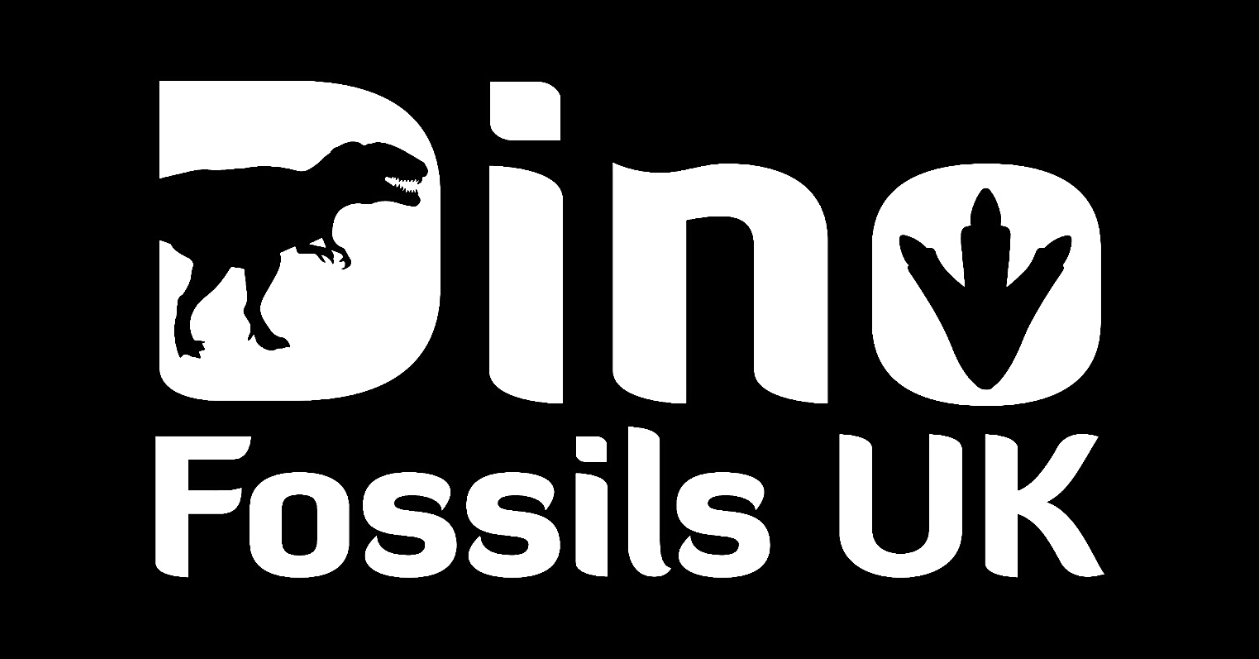Triceratops
"Three horned face"
Triceratops is perhaps one of the most famous dinosaurs ever to exist. It's also one of the best studied, with over 2,000 quality specimens found to date.
It was a large herbiverous dinosaur and lived right at the end of the Cretaceous period in what is now modern day North America. It shared its environment with one of the largest land carnivores to ever exist, Tyrannosaurus rex, as well as a variety of other herbivores, such as Edmontosaurus, Ankylosaurus and Pachycephalosaurus.
It's perhaps best known for its three horns (the name Triceratops meaning "three horned face") and its large bony frill, which may have served to protect the animal's neck from attack or to attract mates.
Triceratops feasted upon a variety of tough vegetation, which included palms, cycads and ferns. It had a parrot-like beak which it used to grasp and pluck vegetation and hundreds of teeth with which to grind it down.
Did you know?
Triceratops had several hundred teeth, arranged into groups called batteries. These teeth were leaf shaped but would gradually chisel down as the animal fed, eventually being ejected to make way for a fresh tooth waiting to replace it. These shed teeth are known as "spit teeth".

